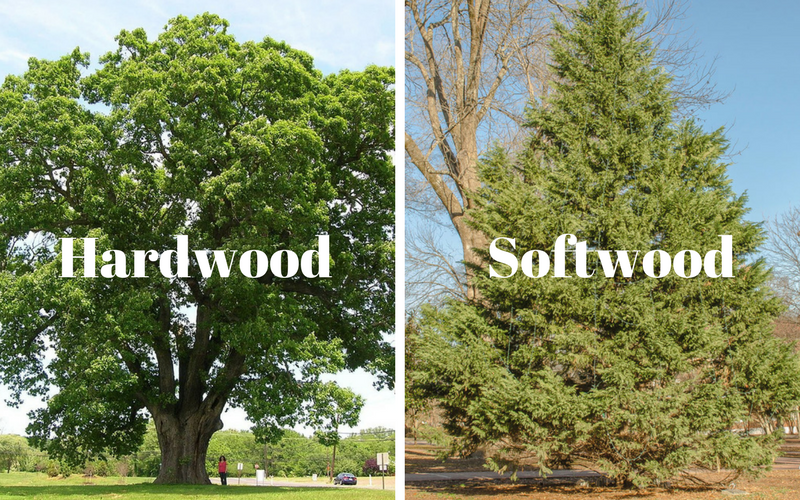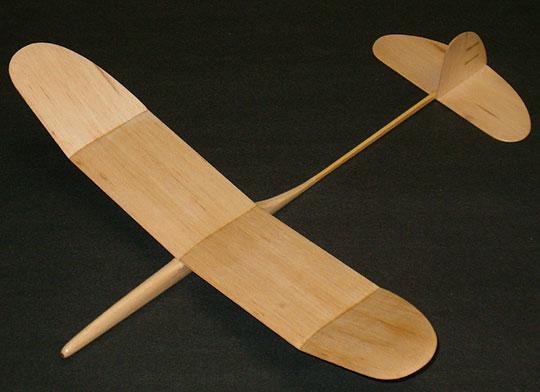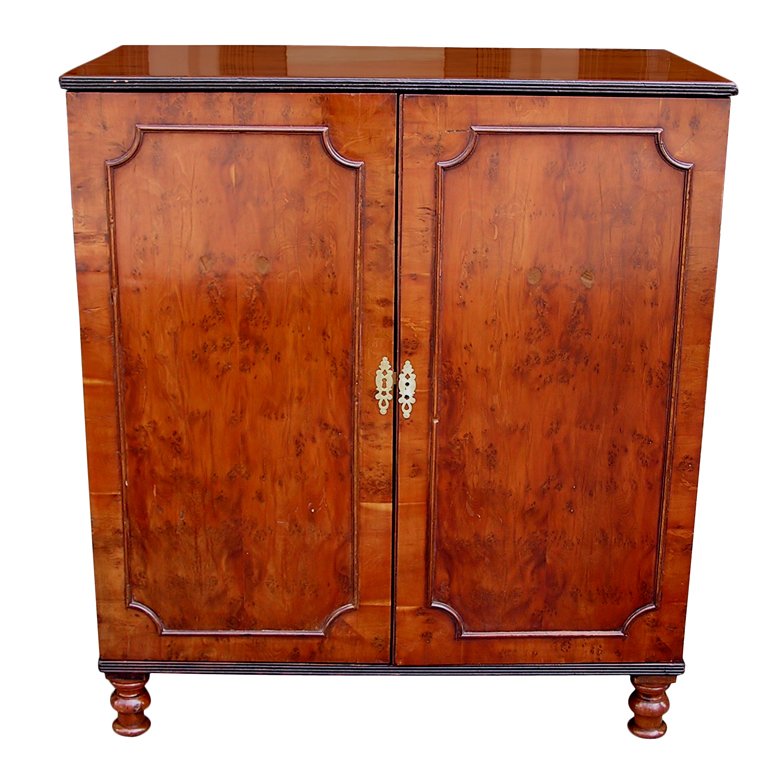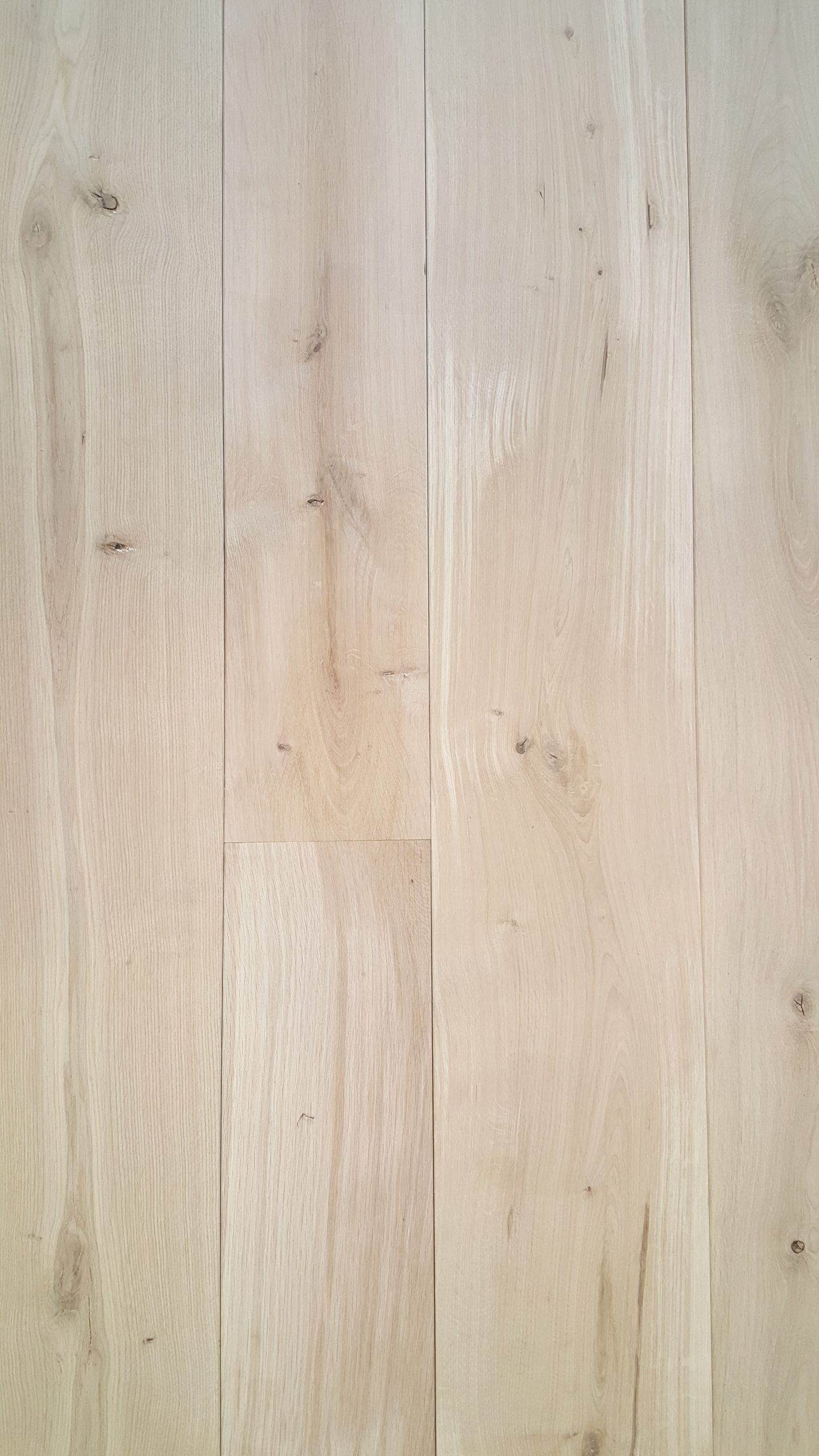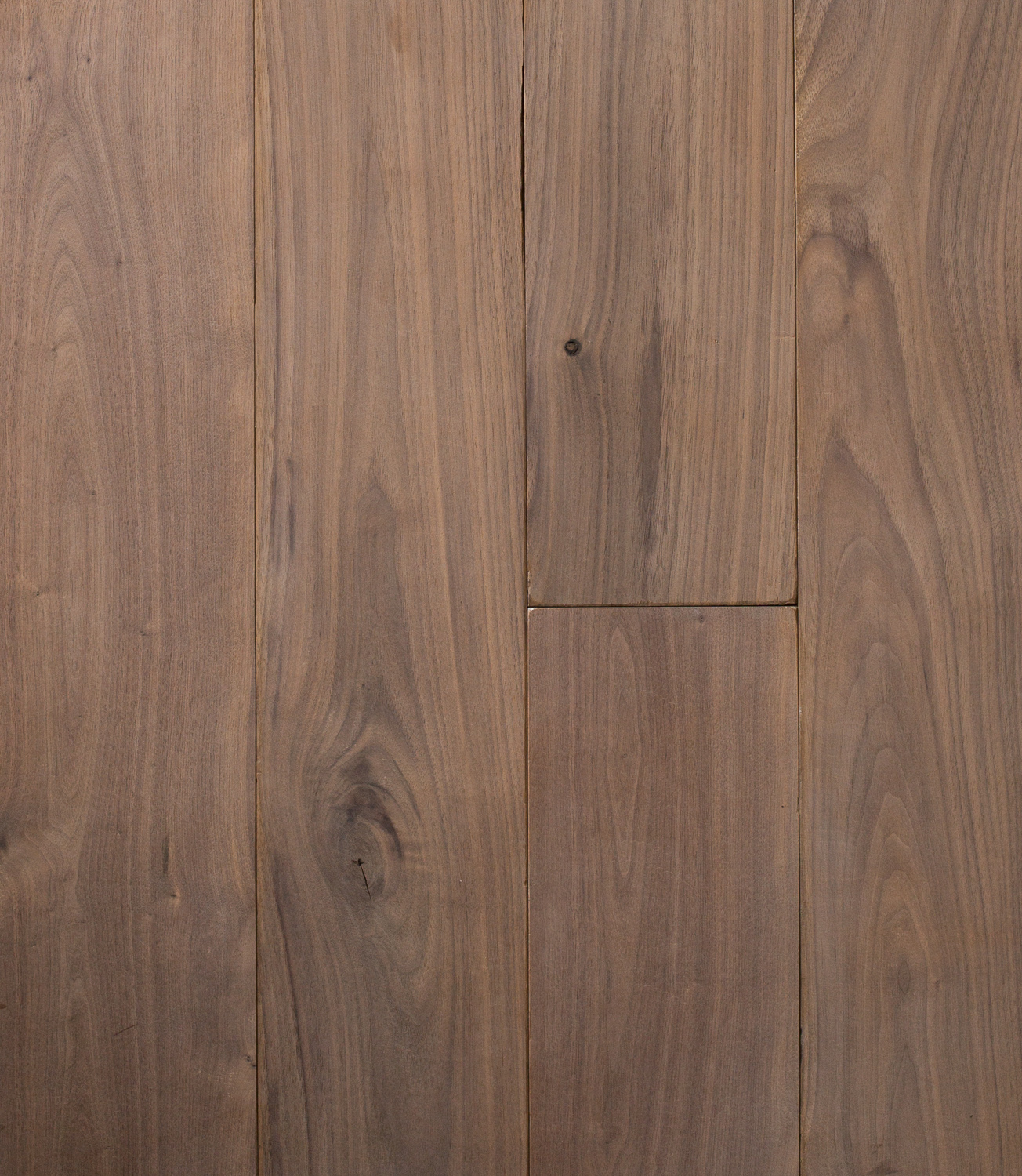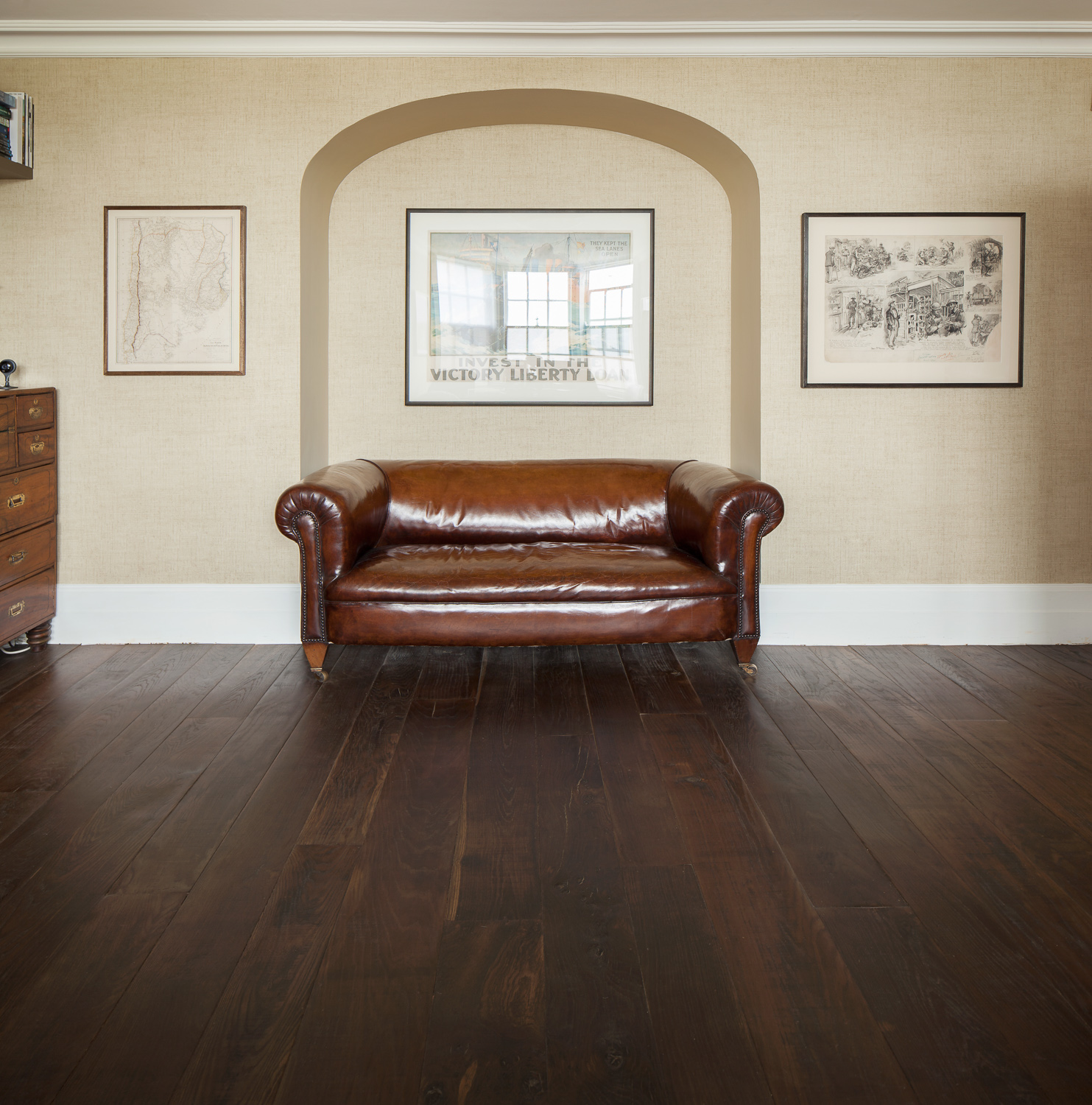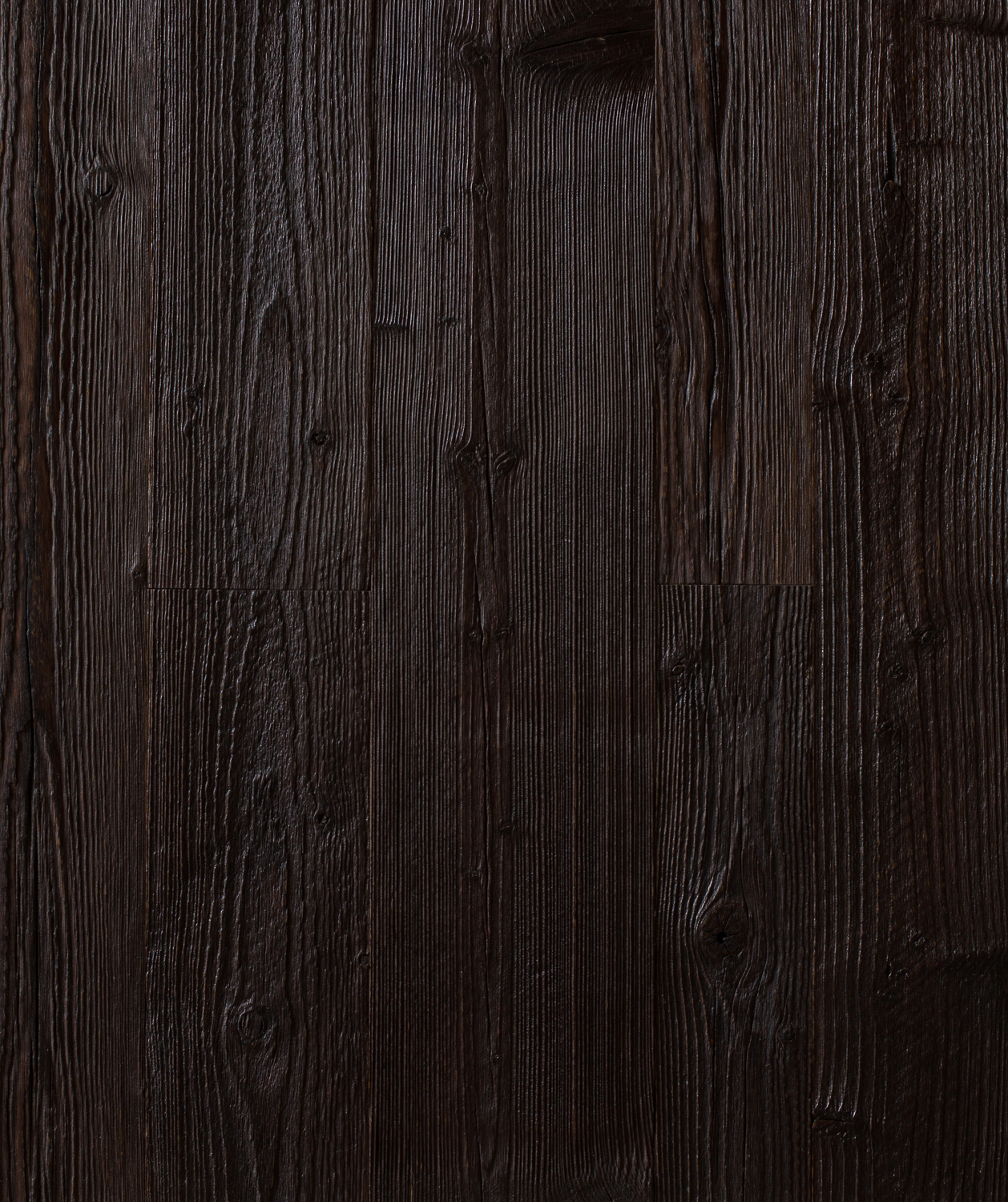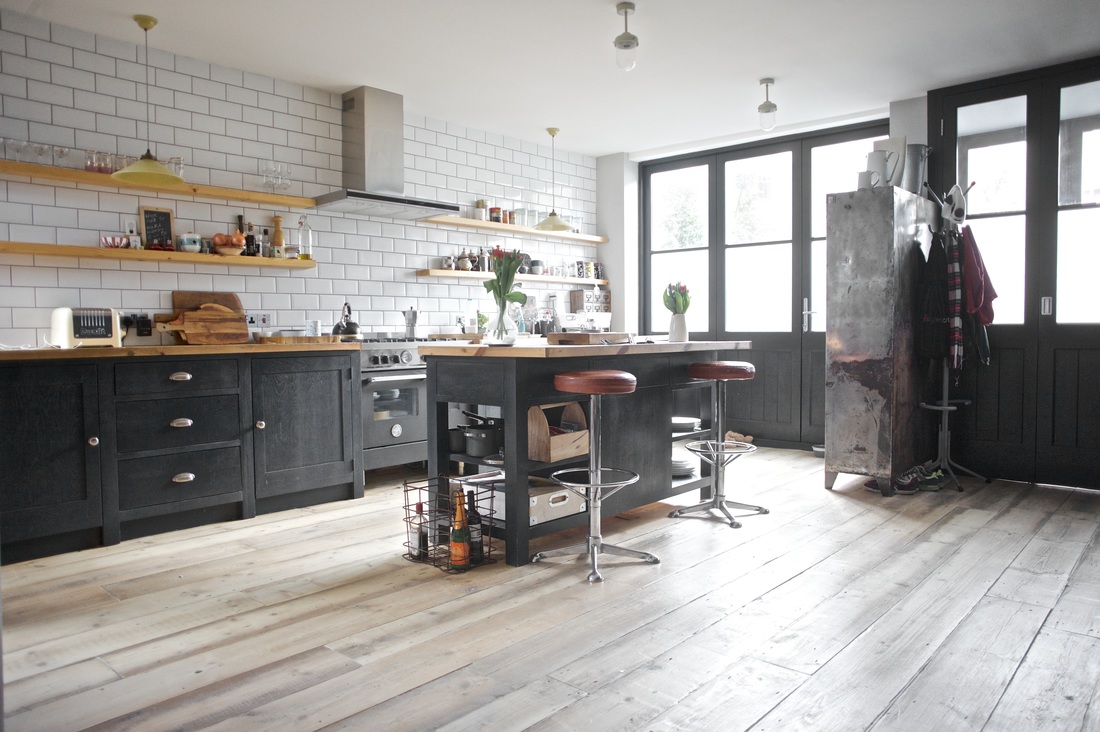
Hardwood and Softwood, these two kinds of wooden flooring present big differences. Both are great flooring choices, but each have their own characteristics. Here’s an explanation of both to help you make an informed choice for your wooden floor.
Understanding hardwood vs softwood flooring
You may expect this to be the density of the wood and how it feels, but surprisingly it isn´t. Wood is classified as either soft or hard depending on the tree that produced it and the structure of the seeds of the tree.
The differences in the hardness of the wood can be quite varied for both hardwood and softwood. In most cases hardwood tends to be harder than softwood, but not always. The best example of this is balsa wood, which although extremely lightweight, is classed as a hardwood. Likewise, yew is a hard softwood.
Hardwood flooring
Deciduous trees (those that lose their leaves seasonally) produce hardwood. These trees are known as angiosperms and any fruits they produce have a hard shell, drop to the ground, and are not air-borne, such as acorns.
The most common hardwood trees are alder, beech, oak, walnut, teak, hickory, walnut, mahogany, maple, and balsa.
Hardwood features
- durable (but not always)
- low maintenance
- costs slightly more than softwood (the harder the wood the more expensive it is)
- good fire resistance
- closed grain
- low sap content
Hardwood flooring is often used for solid wood flooring. It is considered to be a long-term investment because it’s long-lasting and comes in so many choices as a wooden flooring solution for any home, whether modern or traditional. It’s easy to care for and doesn´t scratch easily.
Softwood flooring
Softwood comes from evergreen trees (which have leaves all year round) and are known as gymnosperms. The seeds of these trees aren´t covered and tend to be lightweight and distributed by the wind, although they may have fruits that fall to the ground.
A good example of this is the pine tree, which drops pines but whose seeds are also scattered by the wind, which means wide distribution of new growth due to germination. Other species of soft wood trees are spruce, fir, cedar, juniper, redwood, and yew.
Softwood features
- less expensive than hardwood
- a lighter colour
- higher sap content
- loose grain
- poor fire resistance
Pine flooring is a popular choice as a softwood floor, but is less resistant to damage from shoes with spiked heels, pet paws, and general wear and tear.
However, it’s still a popular choice for wooden flooring and enhances any room that doesn´t have too much heavy traffic (living rooms, dining rooms, bedrooms).
Some words of advice
The difference in hardwood and softwood flooring isn´t in the name or the density, it´s the structure and origin of the tree. When it comes to choosing a wooden floor, consider which will suit your home and lifestyle better – hardwood or softwood.
Generally speaking, most of the flooring sold in the UK is European Oak, this is because of its natural beauty, durability and colour finishing potential.
Pine makes also a great option for domestic floors or cladding in any premise.


